Beaches in Cuba
By VacationIdea Staff | Affiliate Disclosure about links
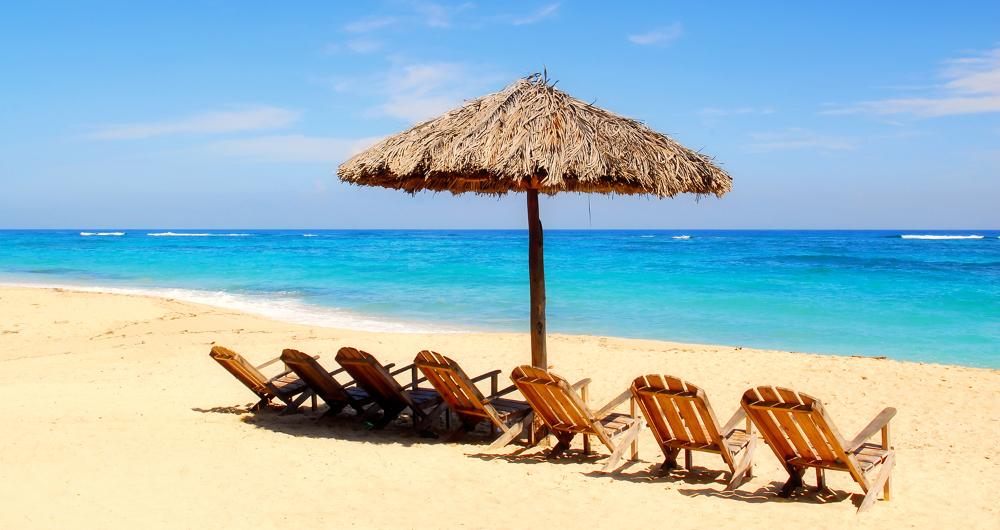
dzain/stock.adobe.com
-
Why are Cuba’s beaches popular among visitors?
-
The turquoise waters and warm weather draw visitors throughout the year, and there is no shortage of beaches to enjoy and relax on no matter where in Cuba visitors may choose.
-
What other attractions can travelers find near Cuba’s beaches?
-
Travelers can find cobbled streets, tales of pirates, grandiose architecture, colonial cities, and more near the country’s many beaches.
-
Are there travel restrictions for U.S. citizens visiting Cuba?
Best Time to Visit Beaches in Cuba
- December to April – Dry season with sunny skies, perfect for swimming, sunbathing, and snorkeling.
- January & February – Peak tourist months with lively beach resorts and comfortable temperatures.
- May & November – Shoulder season with fewer crowds and great weather for relaxing beach days.
- June to October – Hot and humid with potential for hurricanes, but quieter and budget-friendly.
- Early December – Ideal time for beach travel before holiday crowds arrive.
Unique Beaches in Cuba:
⮕ Ancon Beach
Relax on soft sands and enjoy a romantic sunset walk.
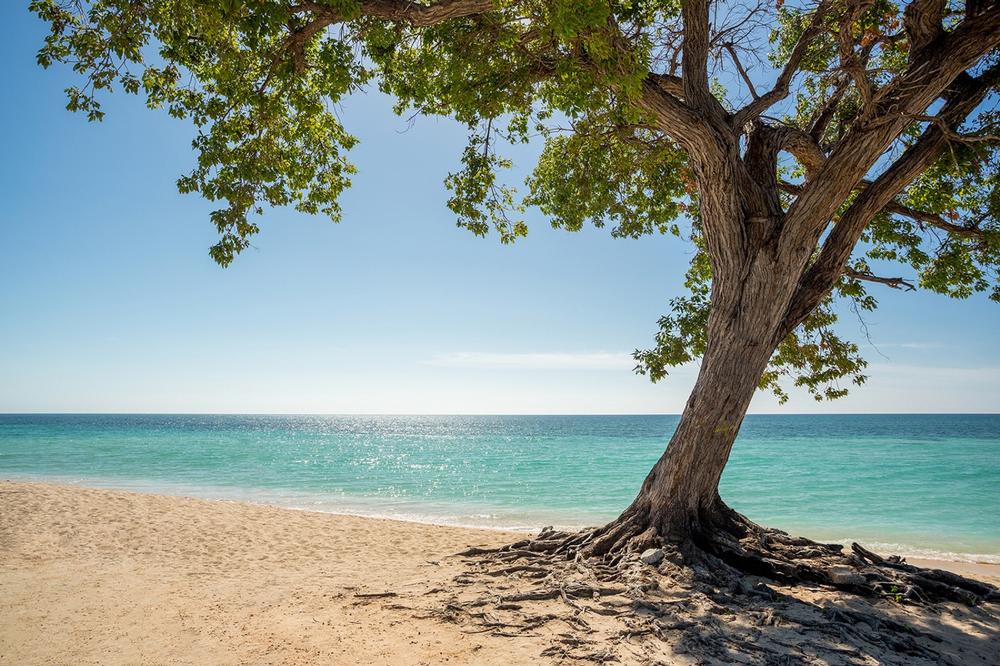
© ttinu/stock.adobe.com
Ancón Beach and its white sands are only about a ten minute drive from the city of Trinidad, making it an ideal destination to escape the city and spend a day simply lounging on the beach or swimming in the beautiful turquoise waters. Ancón Beach is approximately 2.5 miles in length, offering plenty of space for beachgoers. Over thirty dive sites are located off of the beach, such as Cayo Blanco, which is ringed by coral reefs and about forty-five minutes by boat from Ancón Beach. Other recreational activities include swimming, snorkeling, and deep-sea fishing.
⮕ Bahia de Baracoa
Explore lush landscapes and admire unusual coastal sights.
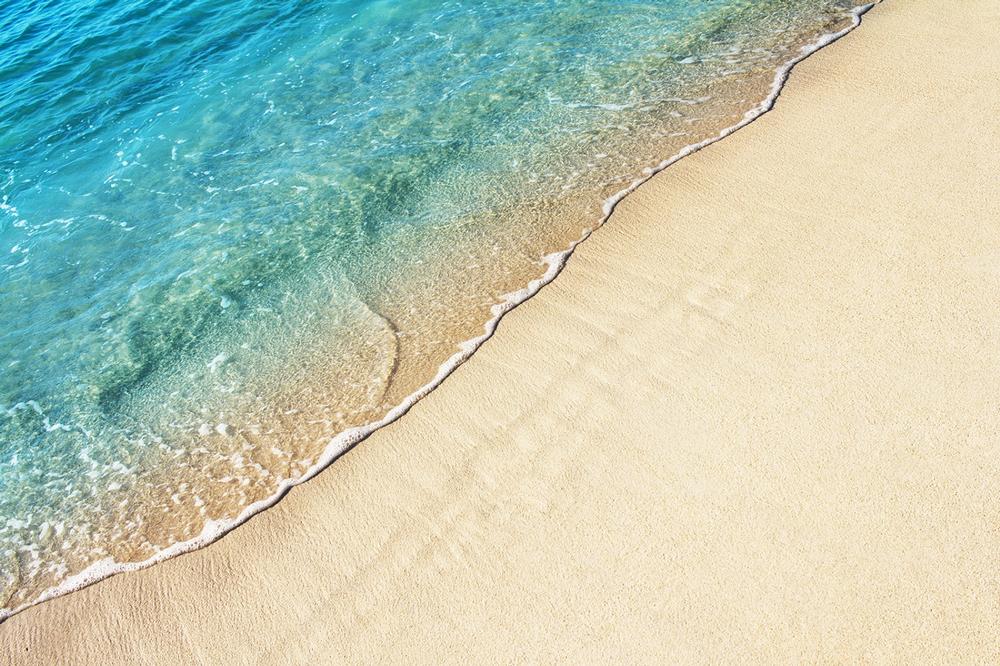
© Oleandra9/stock.adobe.com
Bahia de Baracoa, also known as the Bay of Baracoa, is located on the eastern end of the country of Cuba. With a backdrop of verdant mangroves dotted by beautiful pastel houses, it probably doesn’t come as much of a surprise that Christopher Columbus once called the bay the “most beautiful place in the world” when he stepped onto the stunning island back during the 1500’s. Bahia de Baracoa features deep and clear teal waters and sand of a charcoal velvet color. While visitors are there, they could try a cucurucho, which is a mixture of dried tropical fruits, sugar, and coconut.
⮕ Cayo Coco
Discover pristine beaches and enjoy exciting snorkeling adventures.
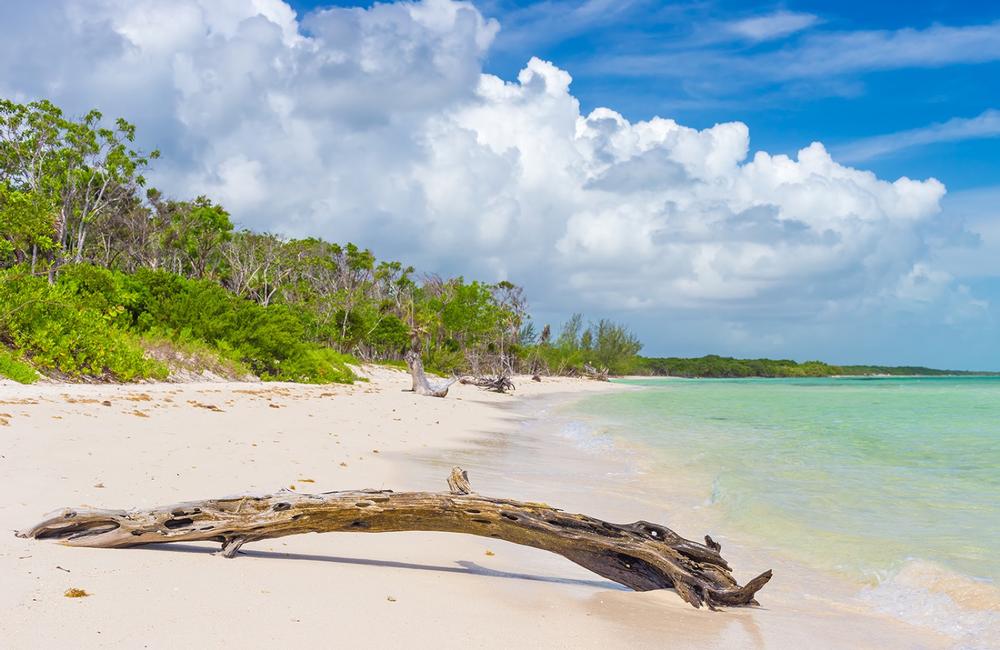
© kmiragaya/stock.adobe.com
Cayo Coco is one of the Caribbean’s most popular destinations for all-inclusive vacations, with its beautiful white sandy beaches and variety of available resorts. The resort area is a part of an archipelago along the country’s central-northern coast and is the largest one surrounding the main island. Cayo Coco is protected by a coral barrier measuring 400 kilometers in length, offering calm beaches, superb snorkeling and scuba diving, and one of the world’s major coral reefs. The area is also home to a flamingo colony, providing a unique opportunity for visitors to spot these interesting animals out in nature.
Romantic Beaches in Cuba:
⮕ Cayo Guillermo
Walk along powdery sands and savor a peaceful island retreat.

© zizioli/stock.adobe.com
Cayo Guillermo is considered to be one of the most beautiful beaches in Cuba. The beaches here boasts powdery white sands that are bathed by turquoise waters of the calm, crystal-clear sea. This makes the beaches at Cayo Guillermo a perfect spot for some safe swimming, long walks along the sand, and a variety of water sports. The cay offers perhaps the best conditions for kitesurfing anywhere in the country. Cayo Guillermo is protected from high surf thanks to coral reef platforms located offshore. The beaches also boasts sandy entrances to the water with gentle slopes with shallow areas.
⮕ Cayo Jutias
Explore crystal-clear waters and enjoy a quiet, affordable beach day.
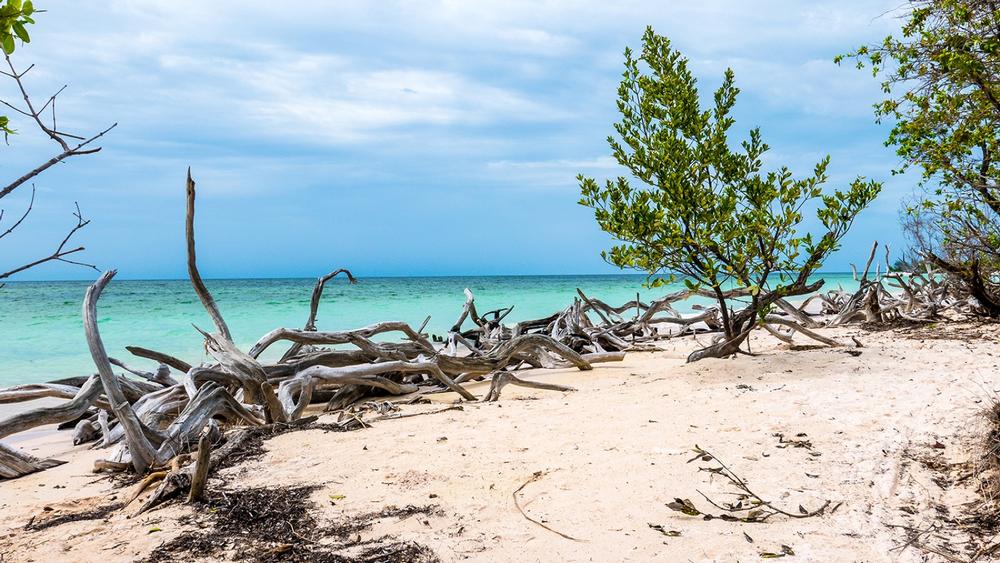
© Giacomo/stock.adobe.com
Cayo Jutias is the most discovered, yet “undiscovered” beach of Pinar del Rio. Stretching three kilometers long, a blanket of sand covers the northern coast. The mangrove-covered key is about sixty-five kilometers to the northwest from Viñales and is connected to mainland Cuba by a short causeway. Cayo Jutias is considered to be one of the most picturesque beaches in the area. Since there are no hotels or resorts on Cayo Jutias, visitors will find a great deal more of tranquility here compared to some of the other beaches in Cuba. There is also a metal lighthouse that was constructed in 1902.
⮕ Cayo las Brujas
Admire stunning views and enjoy an easy tropical getaway.
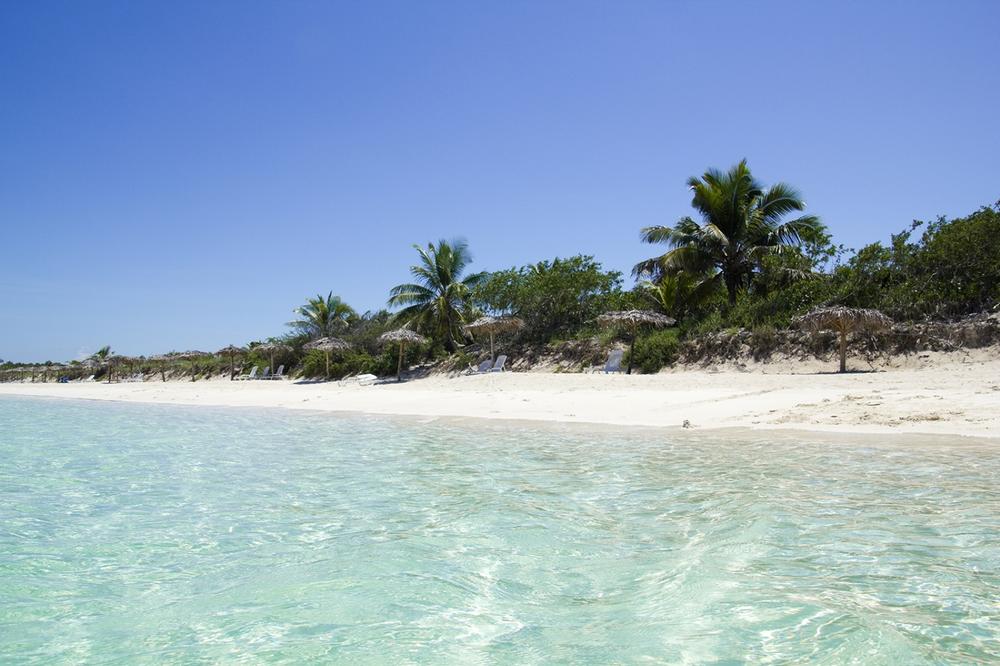
© Toniflap/stock.adobe.com
Cayo las Brujas is located near the mainland and is home to the area’s only marina. The beach is also home to some of the more affordable hotels, making Cayo las Brujas accessible and economical. With a size of just seven square kilometers, the island is rather small, but combined with the neighboring cays of Cayo Santa Maria and Cayo Ensenachos, it creates a nice resort destination known to many as Los Cayos de Villa Clara. Cayo las Brujas is also considered to be a world-class place for fishing, along with being known for clear turquoise waters and fine white sandy beaches.
Family Beaches in Cuba:
⮕ Cayo Levisa
Relax on secluded shores and savor a romantic escape.
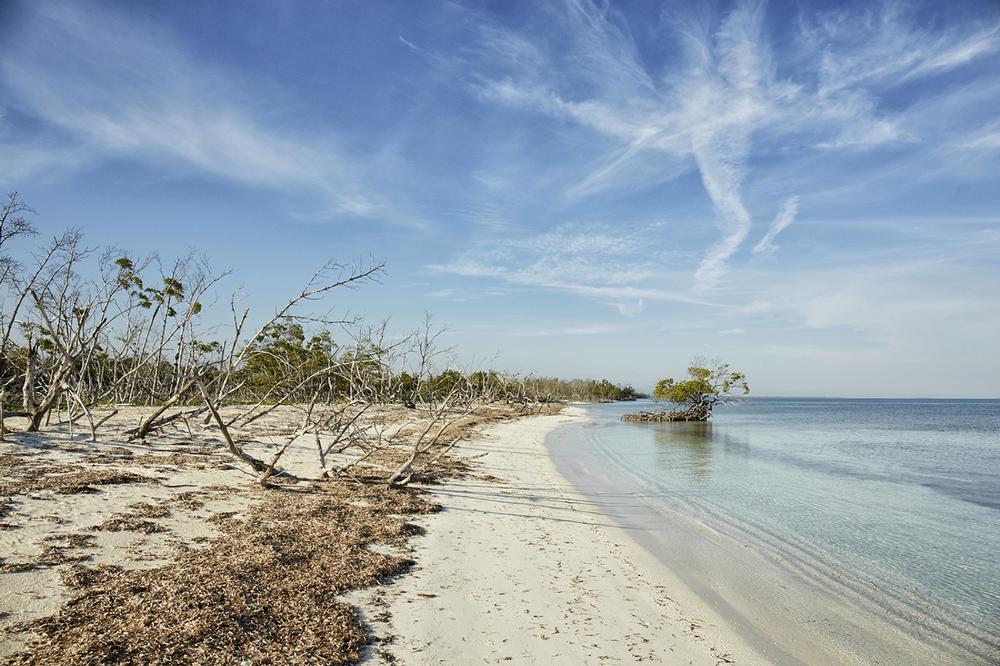
© Tjeerd/stock.adobe.com
Cayo Levisa is one of Cuba’s beaches that is still relatively outside of the radar of mass tourism, which is probably why it is still thought to be one of the country’s most beautiful beaches. Situated not too far from the city of Havana, the capital of Cuba, this island is easily accessible from the port of Palma Rubia. Cayo Levisa is known for its sapphire waters, white sandy beaches, and black coral habitation. It is also a popular spot with divers and snorkelers. There is a diving center, a restaurant, and a bungalow-style hotel boasting twenty cottages on the island.
⮕ Playa de Tortuga on Cayo Largo del Sur
Discover marine life and enjoy a family-friendly beach adventure.

© ggfoto/stock.adobe.com
Playa de Tortuga on Cayo Largo del Sur is a natural environment that has been virtually untouched, as such, it provides a haven for hundreds of different birds, such as cormorants, pelicans, seagulls, and many others. The beach is also home to many sea turtles and lazy, big iguanas that love to relax on the rocks that overhang the beach. Hundreds of sea turtles come to Playa de Tortuga between the months of May and October to lay their eggs along the bank. Playa de Tortuga boasts warm turquoise waters, white sands, and a gentle underwater incline.
If you are a photographer, don't miss:
⮕ Best Beaches in Cuba: Playa del Este
Explore vibrant shores and enjoy an exciting weekend getaway.

© Playa del Este/stock.adobe.com
Playa del Este is well known for its stunning sandy beaches, vibrant beach sunsets, and clear waters of deep blue, a picture-perfect beach. The beach is located on the city of Havana’s eastern side and is a series of gold-studded beaches that run down a total length of approximately ten kilometers. Tourists can find a range of resorts and hotels along the shoreline, from budget hotels to luxury resorts. Despite an increased number of visitors, Playa del Este still boasts a time-warped and rustic atmosphere, providing a refreshing beach to visit compared to some other more tourist-packed beaches in Cuba.
⮕ Playa Duaba
Walk along historic shores and admire breathtaking coastal sights.
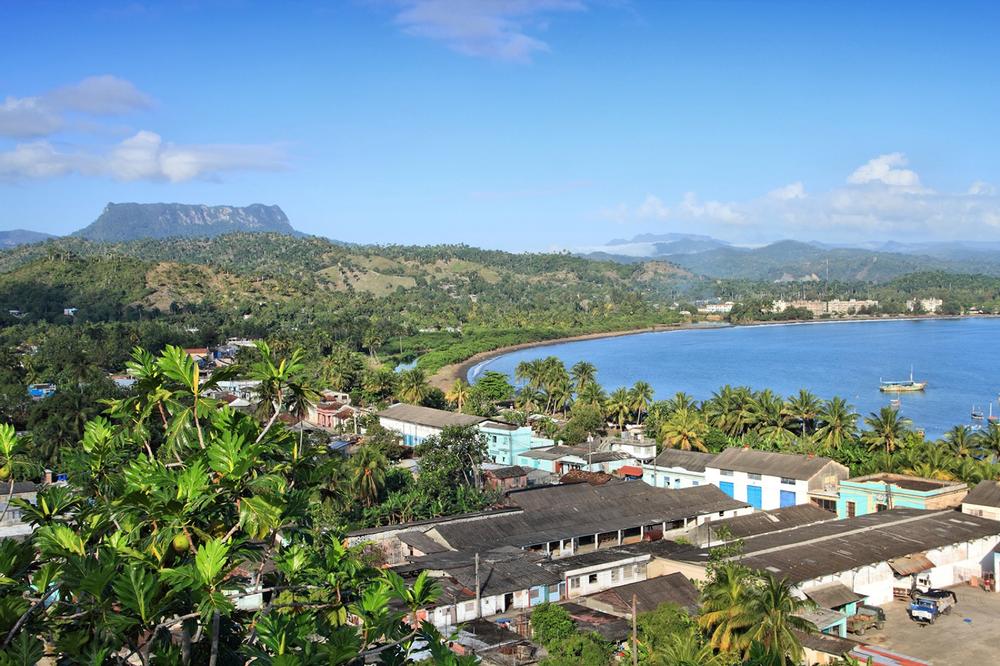
© Tupungato/stock.adobe.com
Playa Duaba is located in Baracoa, a city in the Guantánamo province. The beach is the site where Antonio Maceo landed on April 1 of 1895, along with a group of patriots, to help the uprising. The actual site of the landing is located four miles away from the city of Baracoa to the northwest. A monument was built to commemorate the event and was declared to be a National Monument on Christmas Day of 1979. Playa Duaba still remains mostly untouched by man, with only some typical Cuban coast vegetation and a few modest homes.
Plan Your Trip












